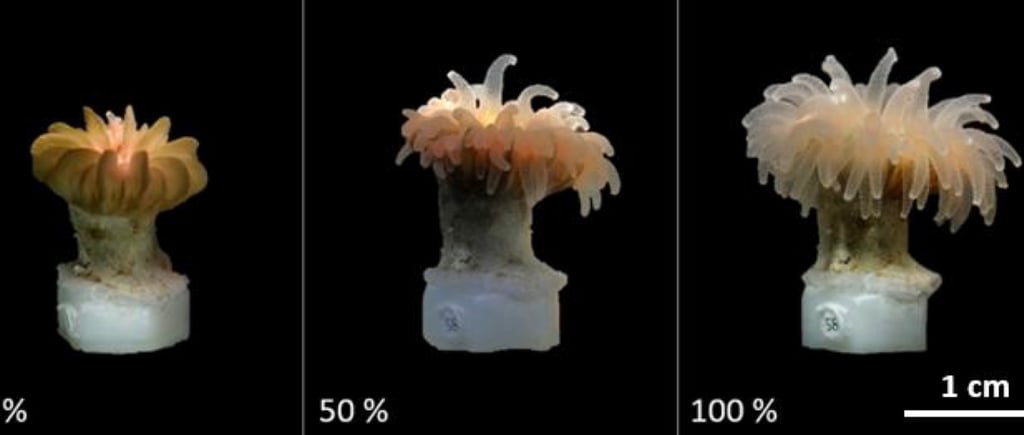Figure 5: Categories of the degree of polyp expansion of Desmophyllum dianthus, from left to right: 0% expansion, 50 % expansion and 100% expansion.
3.4.1 Polyp extension 18 of 59 The behavior of polyps during stress conditions, whose adaptability can be assessed by stretching and contracting polyps and tentacles, was analyzed based on the diurnal polyp extension rates (Ding et al., 2022). The polyp activity was tested in response to the single effect of increased temperature and interactive effect of increased temperature and elevated salinity comparing two periods of the day. The polyp activity was documented in the morning (09:00 - 11:00) and evening (17:00 - 19:00), when any feeding and/or mechanical stress due to water changes and coral handling were absent for eight hours before the observations. Since activities occurred during the day and no handling was conducted at night, the sample size of the morning (N= 44) observations was 4.4 times larger than the data set of the evening (N= 10) observations. Following a slightly modified approach of Torrents et al. (2009) and Prevati et al. (2010), polyp extension was categorized into three different modes of activity: retracted (0 % extension), semi-expanded (50% extension), and fully expanded polyps (100% extension) (Fig. 5). The mean polyp extension (PE) was then calculated by equation 4 (Faehse 2021): The mean polyp expansion for C, T1, and T2 during morning and evening was calculated and analyzed regarding significant differences applying statistical test (described in chapter 3.5). Kleemeier, S. (2022): Ecophysiological response of Chilean Desmophyllum dianthus to Mediterranean environmental conditions / J. Laudien (editor). Master thesis, Alfred-Wegener-Institut Helmholtz-Zentrum für Polar- und Meeresforschung. Available at: https://epic.awi.de/id/eprint/57436/
Author: Sophia Kleemeier ~ Institution/Supervisors: Alfred-Wegener-Institut (AWI); Supervisors – Dr. Jürgen Laudien & Dr. Covadonga Orejas
Conservation & Identification & Scientific Collection
Restoring coral reefs through innovative solutions.
Biodiversity
Research
bommerer@ims-lab.org
© 2025. All rights reserved.

